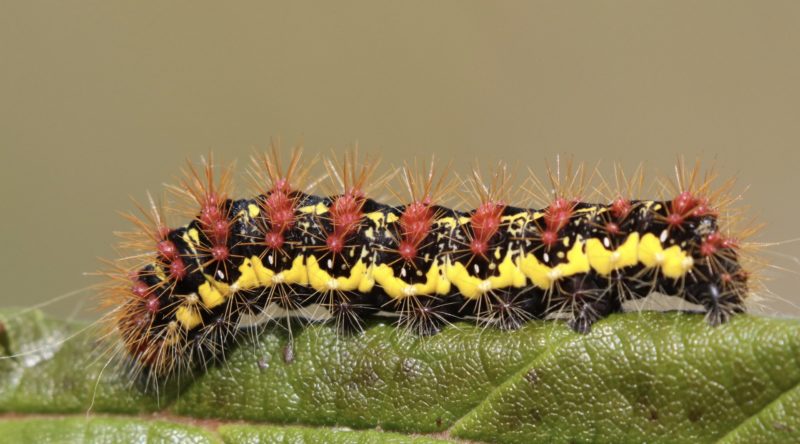Hawk Drama at High Park
On June 13, I went to High Park in Toronto’s west end for what I thought would be a day of butterflies and dragonflies. The park is vast (161 hectares, or 400 acres) and contains a variety of habitats, including wetlands and one of the last dry-oak savannahs in the Greater Toronto Area. More than … Read more









